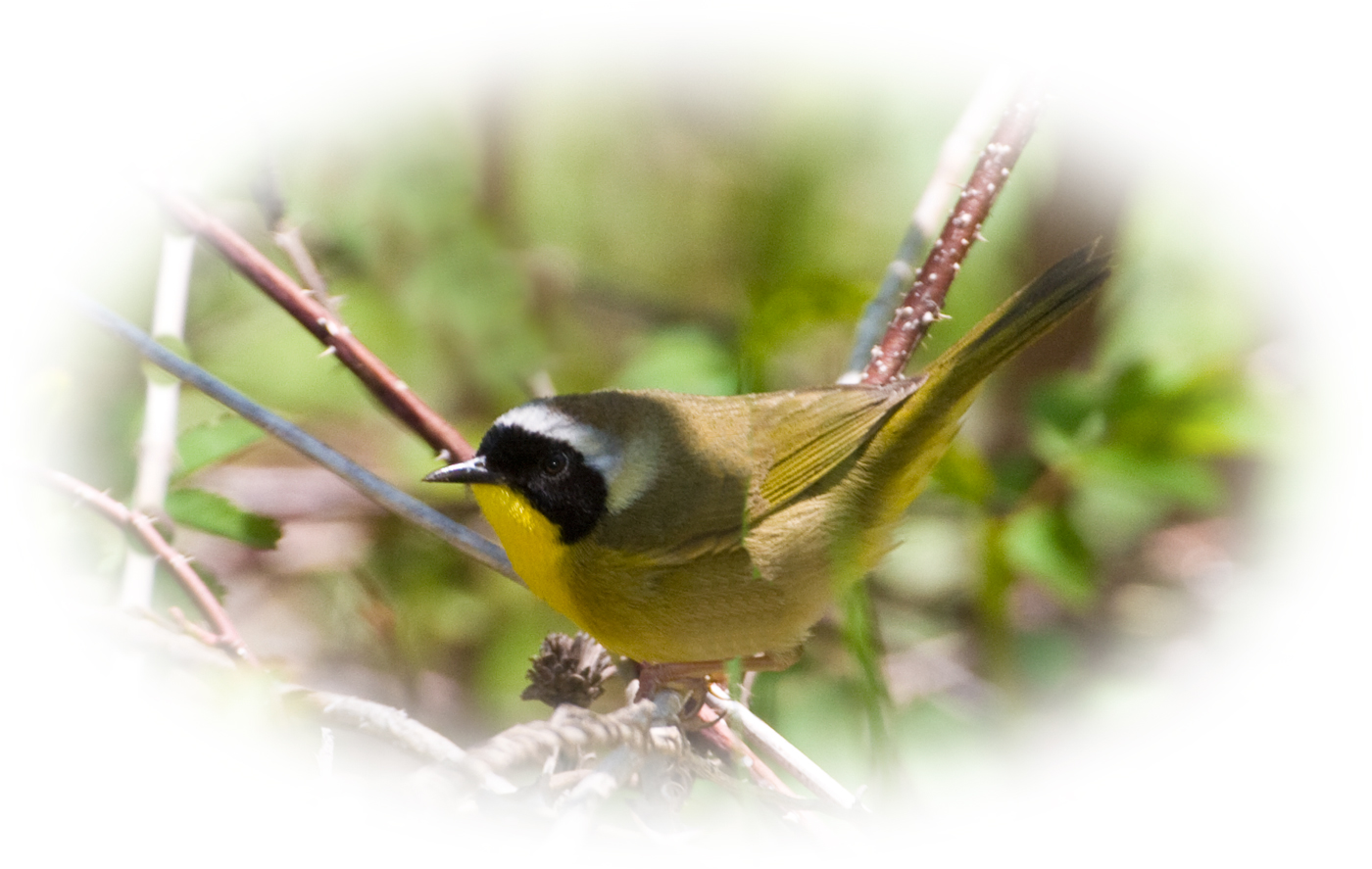 Birding is a great past time and a life-long learning experience. Everyone makes mistakes. Some identifications are fairly easy, especially for the common birds we see nearly evey day, but others are tougher and more subtle. Things like structure, time of year, and distribution probablity often offer more clue to identity than simply color and markings. These tools are offered as some help to grow your skills for reporting your observations.
Birding is a great past time and a life-long learning experience. Everyone makes mistakes. Some identifications are fairly easy, especially for the common birds we see nearly evey day, but others are tougher and more subtle. Things like structure, time of year, and distribution probablity often offer more clue to identity than simply color and markings. These tools are offered as some help to grow your skills for reporting your observations.
- Expected in Iowa - review the state checklist to see if is regularly recorded. Rarities and even species new to the state are found, but the first question to ask is "why is this not a xxx?"
- Learn the family characteristics - the single easiest way to identify a bird is to narrow it down to the proper family.
- Learn about food preferences and sources - this helps define the habitats where a species may be expected or at least more likely.
- Sounds can be deceiving - although tech tools such as Merlin can be useful, don't rely on them. Not only are they never 100% correct, a single Northern Mockingbird is capable of producing the songs of many different species. There are many other mimics.
- Seasonal differences are essential to know - a common bird in summer may be extremely rare in winter and vice versa.
- Migration timing - many species are found only during spring and fall migration. Learn the appropriate time frames to expect them using the Early-Late Dates chart.
- Buy a good field guide and learn to use it. You will learn much more perusing the guide than by trying to match things to an app in the heat of the moment.
- Optics - binoculars and spotting scopes vary in quality. Buy the best you can afford. The feel is very personal so be sure to try several in a store or on a field trip before investing a lot of money.